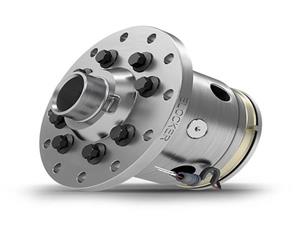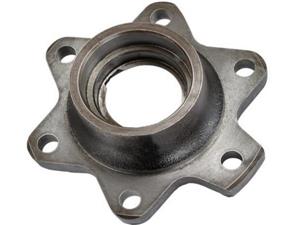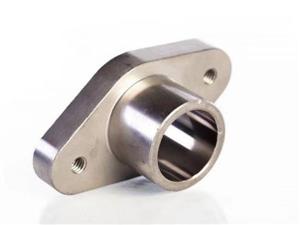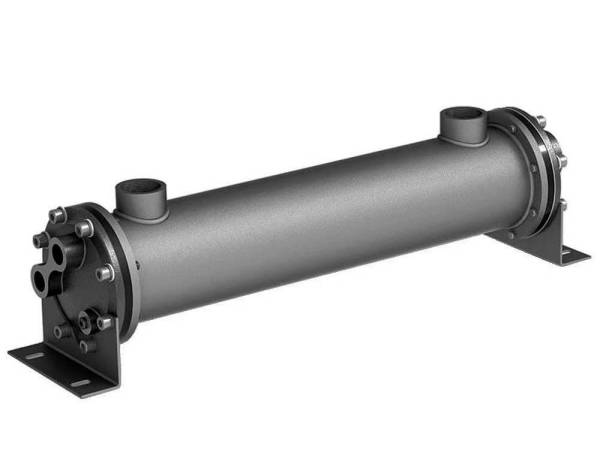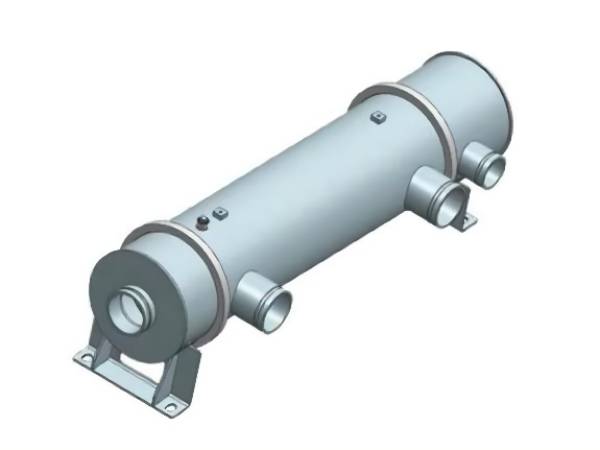Difference between die-casting and casting
Casting is a metal hot working process that human beings have mastered relatively early, and has a history of about 6000 years. China has entered the heyday of bronze casting between 1700 and 1000 BC, and its technology has reached a very high level. Casting is the method of casting liquid metal into the casting cavity corresponding to the shape of the part, and obtaining the part or blank after its cooling and solidification. The cast material is usually a solid metal (copper, iron, aluminum, tin, lead, etc.) but heated to a liquid state, while the mold material can be sand, metal or even ceramics. Although casting is an ancient manufacturing technology, the basic casting technology has not changed much. Now the machines are more advanced. With the improvement of technology, there are many different methods to meet the requirements.
Die casting is a kind of precision casting method that uses high pressure to force the metal melt into the metal mold with complex shape. It is a process that unifies the pressure, speed and time by using the three elements of machine, mold and alloy. In 1964, the Japanese Die Casting Association defined die casting as "pressing molten alloy into precision casting mould at high temperature", and producing a large number of high precision and excellent casting surface in a short time ". The castings produced by die casting are called die castings.
The die-casting process is used for hot metal processing. The existence of pressure is the main characteristic of die-casting process that is different from other casting methods. The two have the following differences:
1. Die casting is mainly characterized by high pressure and high speed, so it has more requirements on pressure and filling time than casting.
2. Die casting process requires molds, which are expensive. Because of the high production cost, they are generally suitable for mass production of a large number of products.
3. The cycle time of complex parts produced by casting and die casting varies greatly. Traditional investment casting requires considerable manpower and time, while die-casting production is 3-4 times per minute.
4. The two are different in processing steps (taking sand mold as an example): the steps of die casting include mold preparation, filling, injection and sand drop; The casting steps include sand mixing, molding (core making, mold matching), melting, pouring (pouring qualified molten metal into the sand box with the mold), and cleaning.

